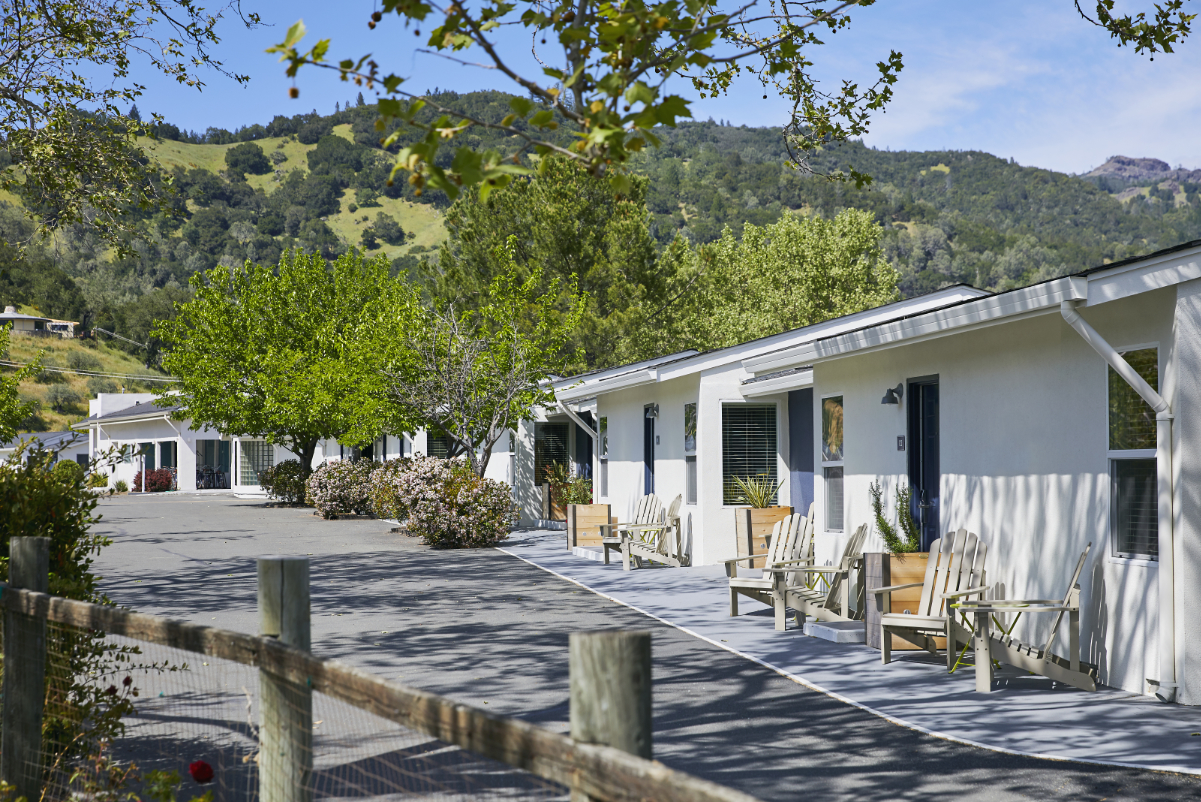They’re Top Players in Boutique Hotels. They See Power in Brands – and Hostels.

Skift Take
One of the most influential players among boutique hotels, Eagle Point Hotel Partners, didn’t set out in 2010 to sidestep the major global hotel brands.
“Our first deal, six months after we started, was buying all of the debt on the Mondrian Soho — it was a $155 million deal,” said Stephen Chan, co-founder of Eagle Point Hotel Partners. Chan runs an investment company focusing on hotel real estate, along with co-founder Erik Warner.
They eventually took it over, and four years later sold the 270-room property for $205 million.
Chan and Warner soon learned, though, that investing in big, branded hotels wasn’t their company’s mission.
“We realized that we didn’t want just to buy Hampton Inns and Courtyards, and all this stuff,” Chan said. "We were younger guys in our 30s, and we were looking for something different."
Since then, Eagle Point, which started with the backing of John Pritzger of Geolo Capital, has taken a turn toward boutique hotels.
Their portfolio now includes the 50-room Anvil Hotel in Jackson, Wyoming, the 63-room Calistoga Motor Lodge and Spa in Northern California (which they’re expanding to 102 rooms by early next year), the 55-room Sound View Greenport, and the 35-room Harborfront Inn on the North Fork of Long Island, along with a handful others — including the 102-room The Ozarker Lodge, which opens this summer.
“We feel like we have a little bit more white space and opportunity to add v

